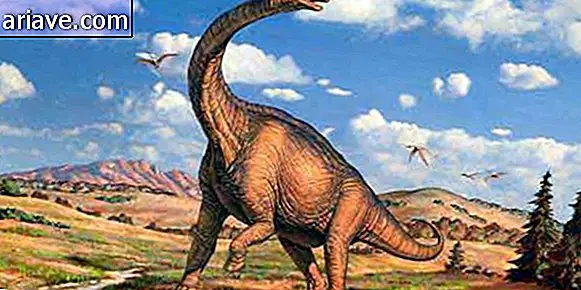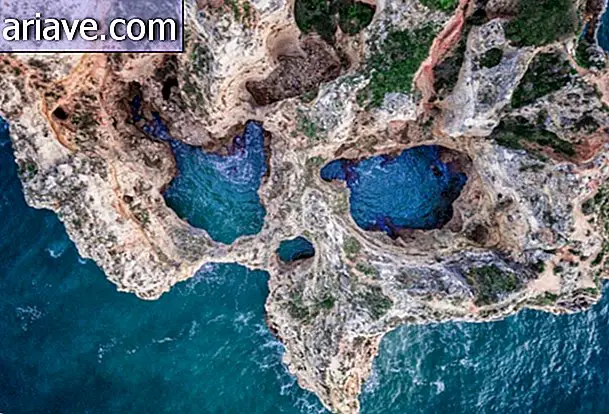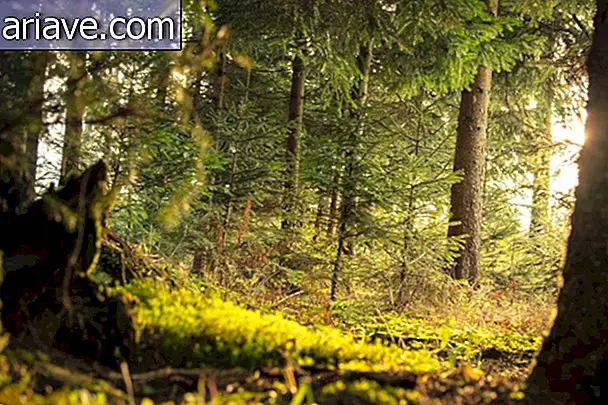New moon imagery lets you explore satellite surface in detail
It's been a long time since man last stepped on the moon. Because missions from international space agencies have focused on increasingly distant horizons of our solar system, the chances of this happening anytime soon are considerably slim. Fortunately, that doesn't mean we're going to run out of news about our beloved natural satellite, as the United States Geological Survey (USGS) has released a series of images that let you explore the star in detail without leaving Earth.
Until such material was released by the US agency, both astronomers and sky-watching enthusiasts used late-1970s graphics to study the lunar surface - more precisely, with photographs taken in 1979. Willing to update this cartographic information. Using a more up-to-date technology, NASA began Lunar Reconnaissance Orbiter (LRO) captures of the moon's orbit. The spacecraft was launched in 2009 and has been making site clicks since then.






The result of years of capture has been the publication of a pair of high-resolution maps displaying both a satellite photo mosaic and its topography. How detailed are the images? Suffice it to say that the maximum quality PDF file from one of the collages is about 250 MB, while the second is from around 425 MB. Because of the definition, it is possible to give evidence such as evidence of ancient volcanoes, extinct millions of years ago - and contrary to previous estimates that this had happened billions of years ago.
“Observers can now locate various points of interest, including the Apollo landing site and specific impact craters. Amateur astronomers can use these maps to compare directly with what they see through their telescopes, ”explained an excerpt from the project statement on the USGS page. With $ 504 million (about $ 1.9 billion) invested in LRO, the mission around the moon is expected to last at least until October 2016 - enabling more data to be collected by that date.
You can also explore
Those interested in clearing a bit of the lunar surface can rest easy, as the two maps produced from NASA spacecraft material are available for download from the US geology organization's portal. The site offers both high resolution content and smaller, lighter versions, about 55 MB in size. Before downloading the files, you can preview these images in the gallery above, containing screenshots of both versions of the project.
Have you seen the drooling images of the moon's surface? Comment on the moon maps in the TecMundo Forum!
Via TecMundo.











